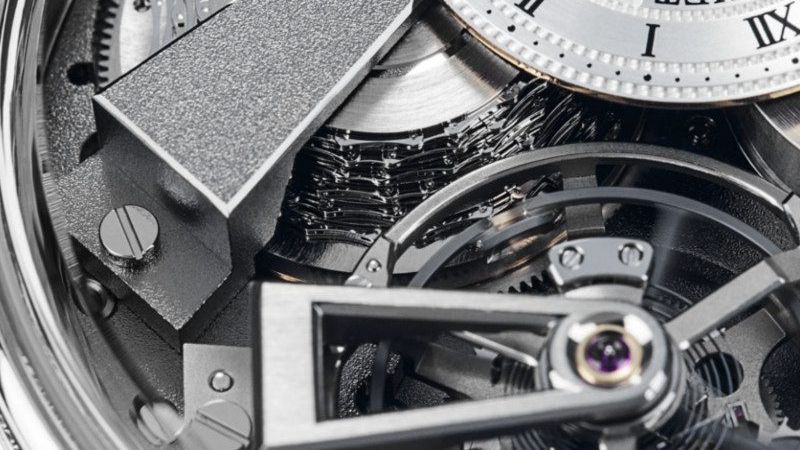

Words: Gentleman's Journal
As a nation of smartphone lovers, it’s no wonder we feel the growing allure of timepieces emblazoned with fruity logos, but just how smart is a smartwatch? For over two hundred years, mechanical watches have been pushing the boundaries of technology, long before computer programmers decided to try their hands at wristwear. So step away from the apps, forget your Candy Crush high score, and explore some timepieces with serious mechanical brainpower.
If, for example, you find yourself checking your phone to find today’s date, were you aware that watches have used gears, levers and springs to mark the day, month and year since 1898? A watch that takes date recognition to the next level is the Jaeger-LeCoultre Master Eight Day Perpetual Skeleton, a timepiece that utilises one of the most difficult complications to master, the perpetual calendar. Unlike an annual calendar, which needs to be manually corrected during a leap year, the perpetual version self-adjusts to account for this four yearly anomaly, a remarkably smart feature for a timepiece that doesn’t require a charger. The beauty of the Master Eight Day Perpetual Skeleton is in the impressive open work design, allowing the wearer to view the 260 parts used to create this mechanical wonder.
Another clever piece of timekeeping kit is the tourbillon, designed to negate the effects of gravity itself. Gravity affects the accuracy of the escapement, with the force decreasing or increasing when the watch is placed in different positions, disturbing the spring’s upward force. French for ‘whirlwind’, a tourbillon houses the escapement in a rotating cage, ensuring that the whole assembly is in constant motion, turning upon its own axis. This regulates the fluctuations in gravity, thus increasing the accuracy, allowing the escapement to work to the same capacity no matter which way you hold your watch.
The Patek Philippe 5101P offers a neat example of this complication, although the tourbillon is modestly displayed only through a small window in the sapphire crystal caseback, a nod to the discretion that smartwatches aren’t exactly known for.
Another fine example of clever watch engineering comes in the form of the fusee and chain, found in the Breguet Tradition Fusee Tourbillon. As the mainspring of a watch unwinds, less torque is delivered, making the watch run slower. The fusee is a mechanism consisting of a conical gear attached to the mainspring barrel by a chain, designed to regulate the torque from the barrel as it winds down, avoiding any decrease in power and thus increasing accuracy.
Smartwatches may represent the future of wearable technology, but thankfully watchmakers are as keen to showcase their skills as ever, producing inspiring and fascinating pieces that continue to compete with even the most high tech of gadgets.
By Sarah-Jane Adams
Sarah-Jane Adams is a contributor to Watchfinder & Co.’s digital publications, The Watch Magazine and watchfinder.co.uk, writing about fine pre-owned watches.


